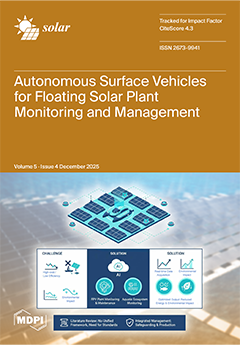The term SHIP (solar heat for industrial processes) or SHIPs (solar heat for industrial plants) refers to the use of collected solar radiation for meeting industrial heat demands, rather than for electricity generation. The global thermal capacity of SHIP systems at the end of 2024 stood slightly above 1 GWth, which is comparable to the electric power capacity of a single power station. Despite this relatively small presence, SHIP systems play an important role in rendering industrial processes sustainable. There are two aims in the current study. The first aim is to cover various types of SHIP systems based on the variety of their collector designs, operational temperatures, applications, radiation concentration options, and solar tracking options. SHIP designs can be as simple as unglazed solar collectors (USCs), having a stationary structure without any radiation concentration. On the other hand, SHIP designs can be as complicated as solar power towers (SPTs), having a two-axis solar tracking mechanism with point-focused concentration of the solar radiation. The second aim is to shed some light on the status of SHIP deployment globally, particularly in 2024. This includes a drop during the COVID-19 pandemic. The findings of the current study show that more than 1300 SHIP systems were commissioned worldwide by the end of 2024 (cumulative number), constituting a cumulative thermal capacity of 1071.4 MWth, with a total collector area of 1,531,600 m
2. In 2024 alone, 120.3 MWth of thermal capacity was introduced in 106 SHIP systems having a total collector area of 171,874 m
2. In 2024, 65.9% of the installed global thermal capacity of SHIP systems belonged to the parabolic trough collectors (PTCs), and another 22% of this installed global thermal capacity was attributed to the unevacuated flat plate collectors (FPC-Us). Considering the 106 SHIP systems installed in 2024, the average collector area per system was 1621.4 m
2/project. However, this area largely depends on the SHIP category, where it is much higher for parabolic trough collectors (37,740.5 m
2/project) but lower for flat plate collectors (805.2 m
2/project), and it is lowest for unglazed solar collectors (163.0 m
2/project). The study anticipates large deployment in SHIP systems (particularly the PTC type) in 2026 in alignment with gigascale solar-steam utilization in alumina production. Several recommendations are provided with regard to the SHIP sector.
Full article





